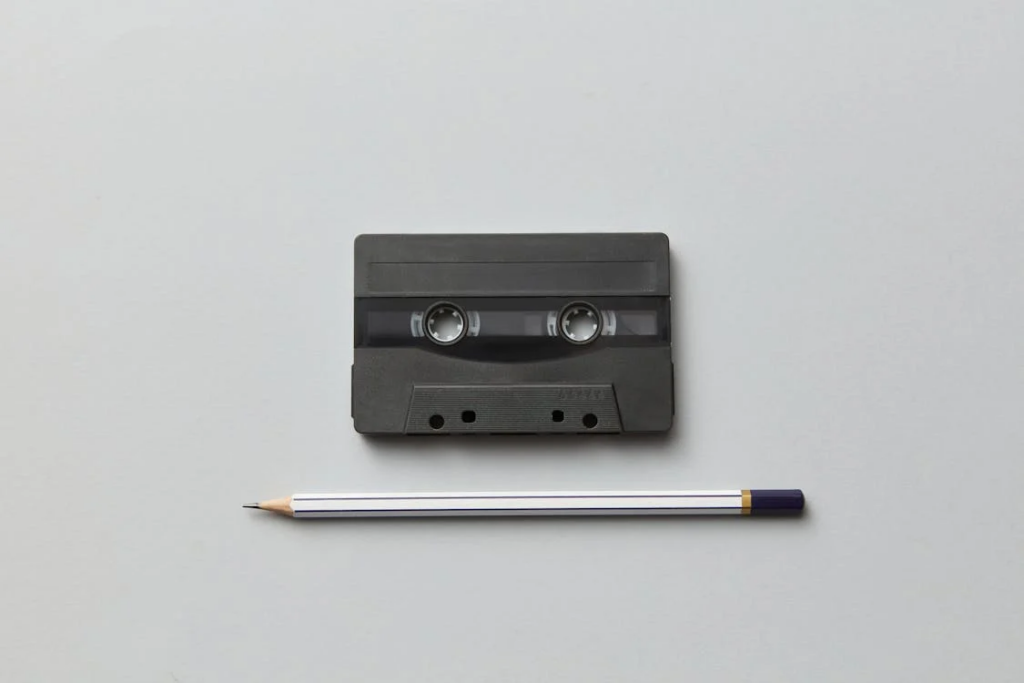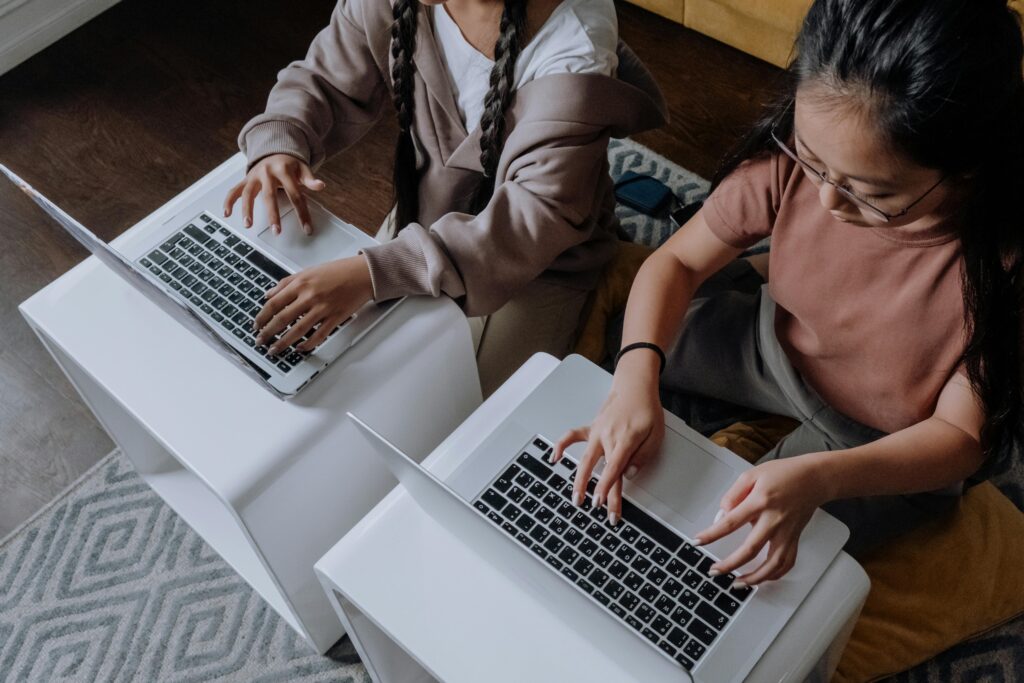"The PSLE marks not just the end of primary school, but the beginning of new possibilities—preparation is the bridge between where your child is and where they can go."

The PSLE, or Primary School Leaving Examination, is a major step for all Primary 6 students in Singapore. It marks the end of their primary education and helps determine their next school placement. The exam covers four main subjects: English, Mother Tongue, Mathematics, and Science. Each subject has its own format and areas of focus, so preparing for the exam means understanding what each one requires.
In this article, we’ll offer practical tips to help your child improve their PSLE results and approach the exam with greater ease.
Time Management Strategies

Time can pass quickly during an exam, especially if your child gets stuck on a difficult question. Without a clear plan, they might spend too long on one problem and end up rushing through the rest.
Start by encouraging your child to read through the entire paper before answering. This helps them understand the questions and spot the ones they feel more comfortable tackling. A good tip is to go for the easier questions first; this helps them secure those marks early on and builds a steady rhythm for the rest of the paper.
It’s also helpful to set rough time limits for each section. For example, in English Paper 2, they might allocate about 20 minutes to the grammar and vocabulary sections, then use the remaining time for comprehension and synthesis. The goal is to manage time wisely, so no section is rushed or overlooked.
Learn Note-Taking Methods

Taking good notes can greatly help your child when reviewing what they’ve learned. It organises information in a way that makes it easier to understand and remember. Your child can experiment with different note-taking methods to find one that matches their learning style.
One common technique is the outline method, where ideas are arranged in a clear, hierarchical format. This works well for subjects with lots of facts or steps, like Science or Social Studies. Another useful approach is the boxing method, which groups related information into separate boxes on the page. This method helps break down concepts or examples clearly.
The sentence method is more straightforward, with your child writing important points as full sentences. This can be especially helpful for summarising explanations or stories in English. It encourages them to process the information in their own words, which can deepen understanding. Writing in full sentences also mirrors the way they might need to explain ideas in written assessments, making this method a practical tool for subjects that involve more descriptive answers. Over time, this technique can help build a stronger habit of thinking clearly and expressing ideas more effectively on paper.
Visual Aids for Better Understanding

Using mind maps, diagrams, and flow charts can be a great way to help your child organise their thoughts and see how different topics connect. In subjects like Science and Math, students often need to link ideas together, and visual aids make these connections much clearer. Check out: 5 Ways to Take Better Notes in Class.
A simple way to create a mind map is to write the main topic in the centre of a page, then draw branches out to related ideas. Adding colours, symbols, and images can make the map more memorable. Feel free to use whatever helps your child remember the information easily.
Mind maps work well for topics such as life cycles or ecosystems in Science, and concepts like geometry or problem-solving methods in Math. These tools help your child break down complex information into manageable parts, making study sessions more effective and engaging.
Review Past Papers

To prepare steadily for the PSLE, many students benefit from practising with past exam papers. These resources give your child a clearer sense of what to expect, how questions are phrased, which topics come up often, and the level of detail typically required in answers.
A good place to begin is with older papers. These help build a solid foundation and allow your child to become familiar with the structure of each subject. Once they’re more comfortable, move on to more recent papers to stay in tune with current question formats and trends.
However, don’t stop at just completing the papers. Go through the answers together and take time to review any mistakes. This step is just as valuable as the practice itself. Understanding why an answer didn’t work, or how a different method might be more effective, helps your child avoid making the same errors again.
With regular practice, the exam format will begin to feel more natural and less overwhelming. This gradual approach allows your child to prepare thoroughly without the pressure of cramming everything at once.
Developing Strong Writing Skills

Writing plays a big role in the PSLE, especially in the English paper, and developing strong skills requires time and regular practice.
Begin by encouraging your child to read a wide range of books, articles, or short stories. The more they read, the more they’ll pick up different sentence structures, vocabulary, and writing styles. Over time, this helps shape their writing and allows them to share ideas more clearly and creatively. Check out: 10 Essential Books for Teens: Boosting English Skills & Building Character.
Consistent essay practice also has a strong impact. Set aside time each week for your child to write on various topics, both personal and imaginative. When working on narrative essays, encourage them to use vivid descriptions and natural dialogue to make their stories come alive.
How Different Resources Help with PSLE Study

There are many educational resources available today to support your child’s PSLE preparation. From textbooks and assessment books to online platforms and tutoring services, each offers its own benefits. Exploring these options can help you find what suits your child’s learning style and needs best.
In addition to self-study materials, interactive and engaging classes can help keep your child motivated. Sometimes, a fresh explanation or a new way of looking at a topic makes it easier to understand.
Our online tuition programme is designed with this approach in mind. With structured lessons, experienced tutors, and a supportive learning environment, we help your child develop strong writing skills.. The lessons are content-rich and encourage active participation, making learning enjoyable and effective.
Ready to support your child’s learning journey? Sign up for our creative writing programme today!.











































































































